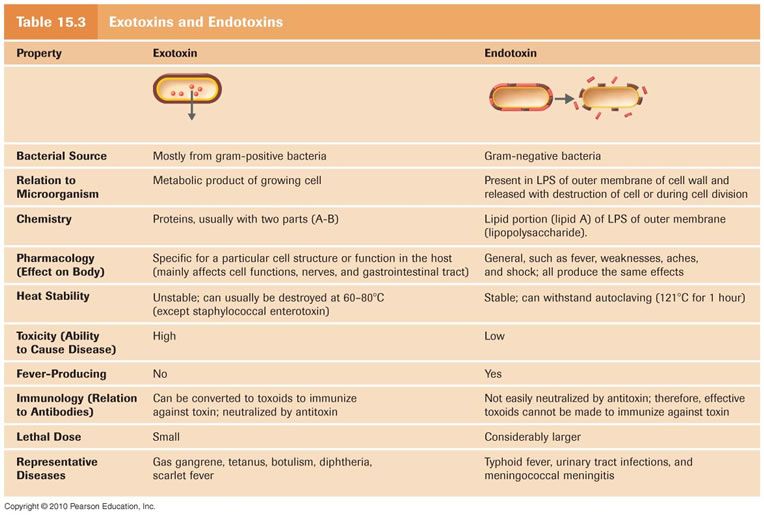- Joined
- Jul 11, 2017
- Messages
- 45
- Reaction score
- 2
Hello there,
I know endotoxins are heat stable while exotoxins are not.
But why's that?
What particular feature do the endotoxins have to resist heat? Is it because the are mainly made of lipid and saccharides, and don't "denature" like proteins? Maybe it's a silly question, sorry about that
I know endotoxins are heat stable while exotoxins are not.
But why's that?
What particular feature do the endotoxins have to resist heat? Is it because the are mainly made of lipid and saccharides, and don't "denature" like proteins? Maybe it's a silly question, sorry about that



